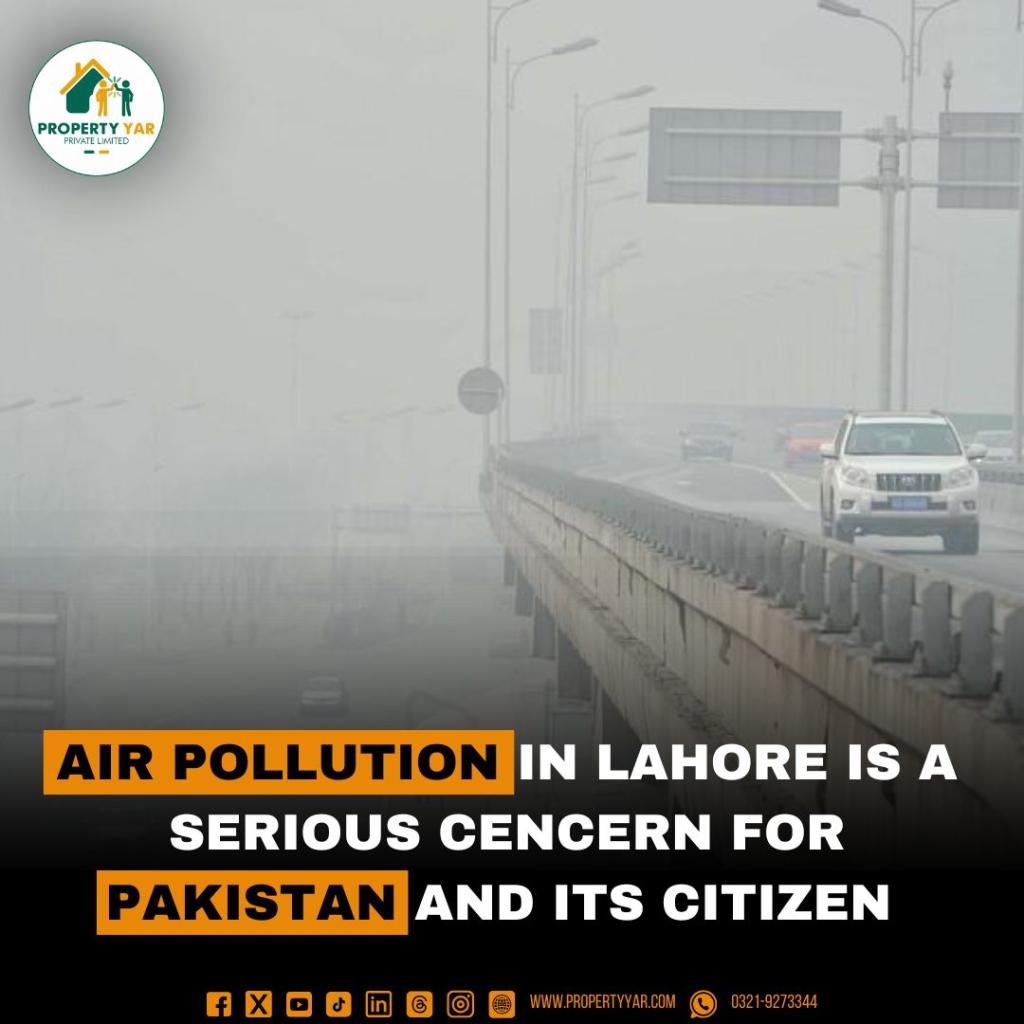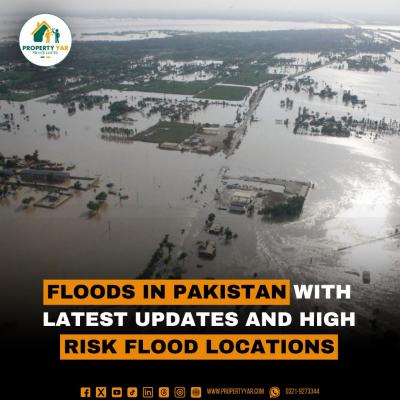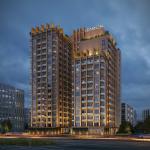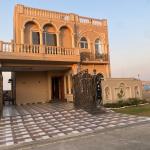
Air Pollution in Lahore is a serious concern for Pakistan and its Citizen
Lahore is the capital of Pakistan's Punjab region, and it is the largest city of Punjab. Lahore has different classes of citizens living there, including different races. There is no doubt that Lahore has the best infrastructure compared to other cities in Pakistan, and it is one of the best cities to live in. However, Lahore faces serious issues with air pollution, especially during November-January, which can be very dangerous for health. Up till now, even the government of Pakistan or the government of Punjab has been unable to find a permanent solution to this issue. Decades ago, Lahore's AQI was 500, and now it can reach 1000 at times.
Lahore is officially the most polluted city.
Lahore is one of the best cities in Pakistan to live in. However, Lahore has been grappling with and witnessing severe air pollution issues, particularly during the "smog season" from November to January. According to international websites and their reports, in November 2024, Lahore city recorded an Air Quality Index (AQI) exceeding 700, which made it the most polluted city globally at that time. A couple of years back, it was Delhi that was the top-polluted city globally. However, now the crown has been taken by Lahore, which is a serious concern for those people who live in Lahore.
Causes of Air Pollution in Lahore
Crop Burning: Farmers, poor people, and rural areas in Punjab burn rice stubble, wood, garbage, etc., which releases significant amounts of smoke into the atmosphere. That is one of the major reasons Lahore witnesses very unhealthy air quality during the season of winter. Pakistan is a poor country where people do not have much to afford to get them warm; therefore, many people tend to use other means to get them warm, and the most comfortable for them is burning wood, garbage, and rice stubble.
Industrial Emissions: Lahore has now become an industrial hub, and it is second to be considered for opening a large-scale manufacturing plant to produce goods, which will be sold locally and will also be exported. However, there are some factories, especially those without proper filtration systems, that emit pollutants regularly. However, these pollutants do not create concern during March-September. The issues start to occur during the November-January months. It suggests that the city does not have the proper mechanism to sustain it during those. Therefore, the government of Punjab has to close these factories for that time period.
Cross-Border Pollution: During the months of November–January, winds can carry pollutants from India, which can easily exacerbate the situation and increase pollution in Pakistan. As it is reported that Delhi is the second most polluted city globally, it can transfer its pollution via strong winds, which can increase the problem for people who are living in Lahore.
Vehicular emissions are rapidly increasing in Lahore, and the many vehicles that are not maintained contribute to air pollution. For example, rickshaws, trucks, and motorcycles emit large quantities of particulate matter (PM2.5 and PM10), nitrogen oxides, and carbon monoxide.
Health Issues Caused by Air Pollution
There are many issues that can be caused by air pollution. Air pollution can permanently damage the lungs, which can create breathing problems and other issues. It can also affect the skin and eyes and create irritation due to it. Irritation mostly happens to children due to extensive smog. Moreover, air pollution in Lahore can increase disease and cases like asthma, bronchitis, lung infections, heart disease, and strokes.
Temporary Solution
There are temporary solutions, like temporary school shutdowns in Punjab, which will save kids from serious diseases. The government of Punjab can also make the public aware via smoke alerts, and they can also use artificial rain to counter heavy smog.
Permanent Solution
A permanent solution to reduce the smog is to focus on long-term planning, like building an eco-green environment and making strict reforms regarding vehicles and factories that are causing massive smog. It is long-term planning, and the Punjab government has to be disciplined. They have to develop green places as much as they can to reduce smog, plan stricter emission standards, and reforest and urban greening.











